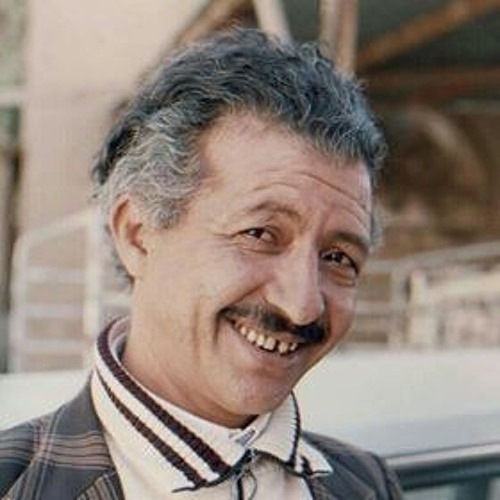INDONESIE SUNDA
MUSIQUES DE L'ASIE TRADITIONNELLE vol. 11
TRADITIONAL ASIAN MUSIC volume 11
Playa Sound, 1972 ?, PS 33515
Jacques Brunet who made these recordings in Java in 1972 was first a concert piano player before becoming one of best if not the best French connoisseur of traditional and art music from southeast Asia. Between 1963 and 1982 he spent a lot of time in Cambodia, Burma, Malaysia, Vietnam, Thailand, Laos and Indonesia recording a huge variety of music. All his productions are well presented with lots of details about the musical forms, history of the places concerned and singers and players he recorded. He was present enough on French radios especially France Culture in the eighties; I discovered and got an interest in these musics through his passionate and exciting radio programmes and albums.
Java was one of his main interests; Sunda is western Java and lies over a third of the island. There was the ancient kingdom of Pajajaran which was very powerful between the fifth and the fifteenth centuries. Hinduism was quite dominant from an early period before competing with Islam from the fifteenth century.
Sunda is known for its very refined music based on suling flute and kacapi zither. Ono Sukarna the suling player was considered as the best flute player in the country. There are also two great singers.
There are seven tracks but during copying track seven was cut into two parts by mistake.
Text in French by J. Brunet.





































